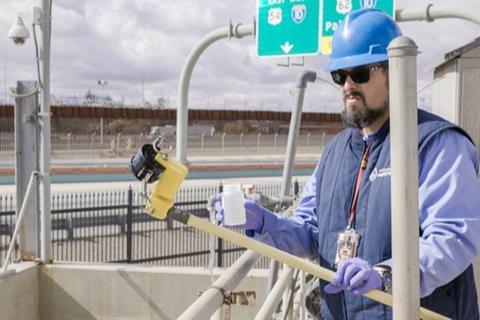Avian influenza A (H5N1) virus, which spread to cattle and infected 14 people this year, was detected using virome sequencing in the wastewater of 10 Texas cities by researchers at UTHealth Houston and Baylor College of Medicine. The virome is the collection of viruses in a sample, in this case a wastewater sample.

The information was published in the New England Journal of Medicine.
READ MORE: Wastewater could yield thousands of novel viruses, study reveals
Until March 2024, H5N1 had not been detected in 1,337 wastewater samples analyzed by the team. But from March 4 to July 15 (the end of data collection for this article), H5N1 was detected in 10 of 10 cities, 22 of 23 sites, and 100 of 399 samples. However, the abundance of H5N1 in wastewater samples collected over time did not correlate with influenza-related hospitalizations over the same time period, so the risk to the public was extremely low.
Genetic changes
UTHealth Houston and Baylor established the wastewater testing program as part of the Texas Epidemic Public Health Institute (TEPHI).
The sequencing protocol used by the team can detect genetic changes that might indicate an adaptation of the virus to mammals, perhaps even humans. Lack of clinical burden in humans and genomic information suggested that the source of the virus load found in wastewater during that time span came from animal origins. But continued surveillance is critical for monitoring any evolutionary adaptations that would indicate the potential for it to jump to humans, the researchers concluded.
The team detects viruses in wastewater by using a viral probe capture set targeting thousands of viral species or variants. Since May 2022, TEPHI has detected more than 400 human and animal viruses, several of which (SARS-CoV-2, influenza, and mpox) have correlated to clinical case data in the population.







No comments yet